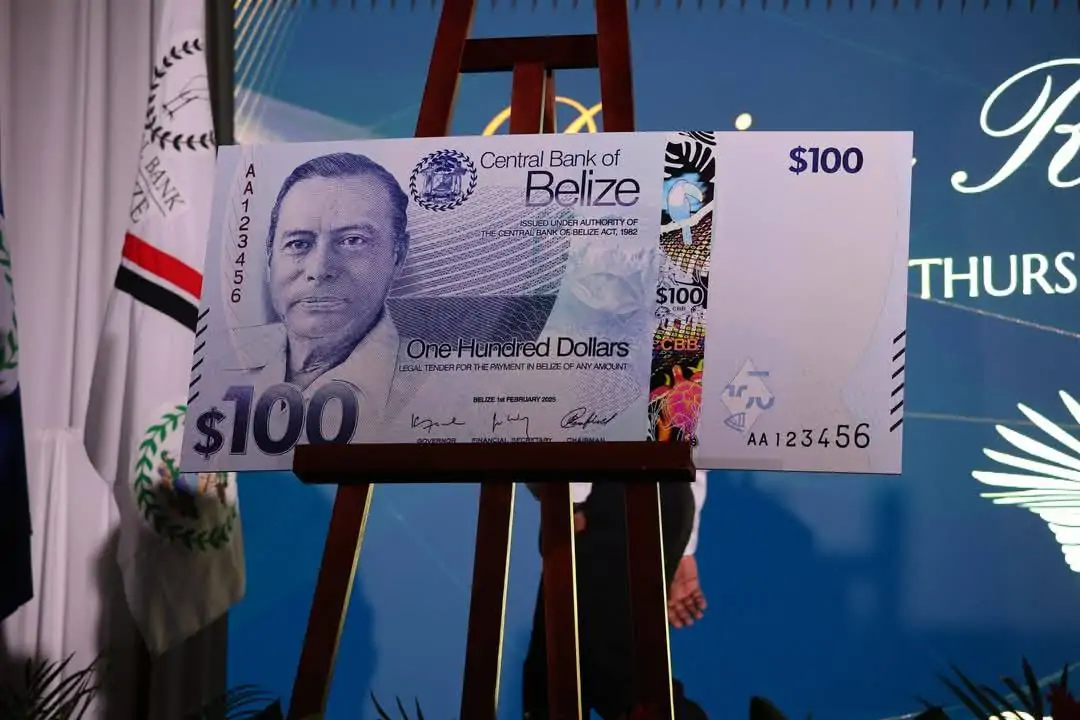From Monarchs to National Heroes: Belize’s Currency Shift as a Landmark in Decolonization and Republican Aspirations
Belize’s recent decision to replace the portrait of Queen Elizabeth II in her currency with images of national heroes represents a deep change in the identity of the nation and her continuous journey towards decolonization and republicanism. This movement is not simply a cosmetic alteration, but a strategic reorientation that seeks to redefine Belizean pride and sovereignty. In essence, this transition means a rejection of colonial vestiges and a hug of indigenous narratives that shape the rich tapestry of Belize’s story.
Historically, the presence of the British monarchy in the currency symbolized not only a financial standard but also the continuous influence of colonialism on Belize’s national identity. The image of a foreign monarch in money could be interpreted not only as a representation of a distant ruler but as a continuous legacy of colonial control and subjugation. It is essential to recognize that for many countries that were once colonies, the inclusion of colonial symbols in national life often perpetuates a sense of inferiority and disconnection of their own inheritance. The decision to replace the portrait of Queen Elizabeth with that of the National Heroes of Belize means a decisive rest of this mentality, redirecting the approach to the contributions and sacrifices of local figures that fought for independence and promoted national unity.
When choosing to honor figures such as the venerated national hero George Price, or venerated leaders like Thomas Vincent Ramos, Belize is placing his own history at the forefront of his national narrative. This transition not only seeks to inspire a deeper connection with local identities, but also encourages a sense of pride among its citizens. National heroes serve as archetypes of resilience and strength, which embody the struggles faced by Belizeans in the search for autonomy and self -government. This change could inspire future generations to commit to the history of the nation, empowering them to understand their roles within the broader context of national development.
In addition, this decision is aligned with a global tendency towards decolonization, which has been amplified in recent years, since many nations reassess their historical ties with colonial powers. Countries around the world participate in reflections on their colonial past and actively seek to claim their stories by celebrating local heroes, cultures and stories instead of their old colonizers. For Belize, this monetary transformation marks an essential step in self -identification and cultural recovery, which allows the nation to break the prescribed colonial loyalties and focuses on promoting a unique beautiful identity.
In this way, replacing the queen’s image also complements Belize’s long data discussions around republicanism. The movement is emblematic of a broader ideological change to seek an independent government structure. Belize has not been under British domain since 1981; however, the remains of colonial legacies still manifest themselves in several aspects of national governance and symbolism. By making such significant changes, Belize sends a clear message: they are ready to elaborate his own narrative and government model, one that firmly resonates with the identity and aspirations of its citizens.
In addition, this transition has implications for Belize’s socio -political dynamics. The inclusion of national heroes could inspire a renewed sense of loyalty and responsibility among citizens, creating a stronger connection with their homeland. It causes a collective reflection on shared values and sacrifices that raided the path for current independence. Such change can foster civic commitment, which leads to the Belizeans to be more interested in governance, culture and improvement of the community.
While Belize with their diverse heritage, the national heroes chosen by their currency could serve as a bridge, gathering several ethnic groups under a shared sense of pride and belonging. These figures are not only celebrated as national icons; Their stories can serve as educational tools, facilitating discussions about history, culture and continuous journey towards equality and representation in the contemporary society of Belize.
Opponents of this change can argue that maintaining ties with historical monarchs symbolizes stability and tradition. However, it is essential to understand that true stability arises from the ability of a nation to define itself in its own terms instead of a colonial lens. By integrating local heroes into the country’s currency, Belize adopts their unique narrative and affirms their autonomy.
In conclusion, Belize’s decision to replace the queen’s portrait with that of national heroes is a significant step towards decolonization and the search for republicanism. This transformation captures the spirit of a nation anxious to redefine its identity and honor the rich contributions of its citizens. As Belize continues on this path, not only strengthens its link with its past, but also paves the way for a more inclusive and representative future, promoting a sense of property and pride among its people. Through this daring redesign of his currency, Belize is at the forefront of a movement that claims his narrative and reinvents his destiny.



